Zuiderdijk
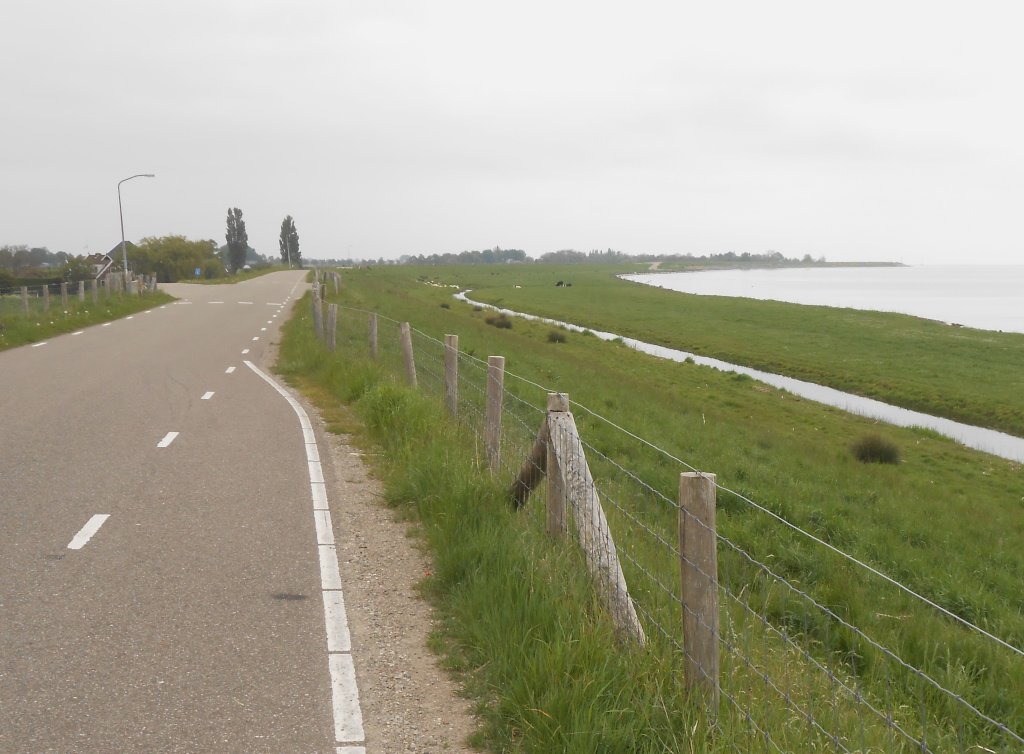
Between Hoorn and Enkhuizen, the Omringdijk is called Zuiderdijk. It originally lay some distance to the south and again in front of it was sloping land to break the waves. Such foreland was indispensable, because people were not yet able to make the dike high and strong. Even today we find land here and there in front of the dike, but this is mainly of a recreational nature.
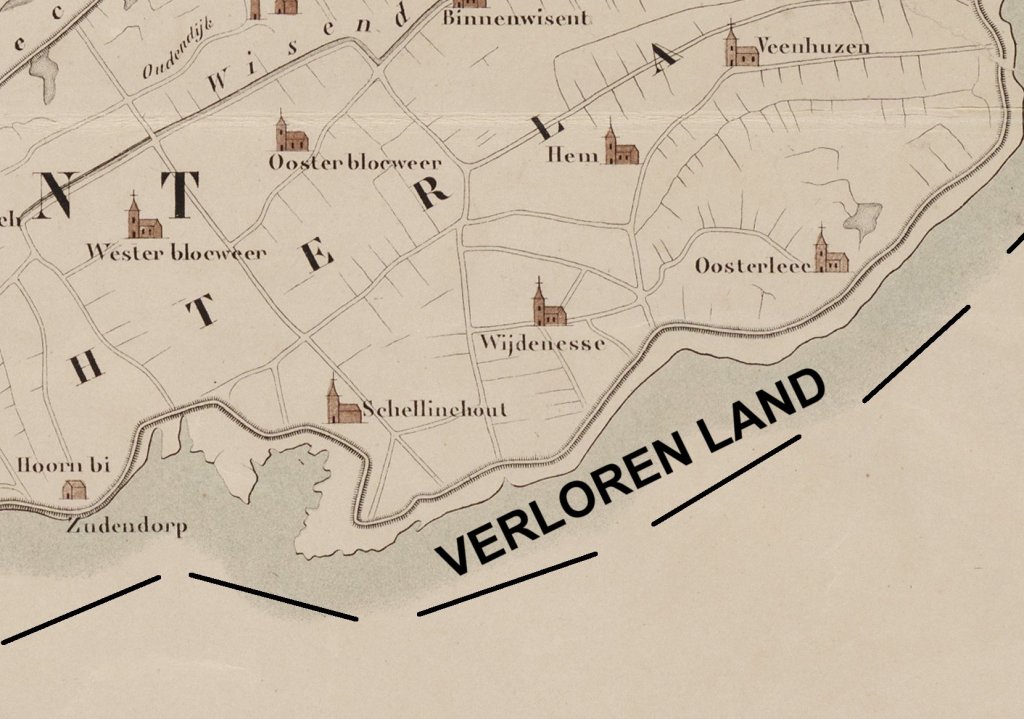
Between 1200 and 1500, the land sank below sea level. Little by little, the foreland disappeared into the sea. The dike was not strong enough to break the waves, so after some time the West Frisians threw up a new dike inland to have enough foreland again. This happened several times with the Zuiderdijk, and with the villages: when a new dike was built, the habitation that fell outside it was moved or abandoned. Under water, therefore, there are still remnants of old Wijdenes and Oosterleek.
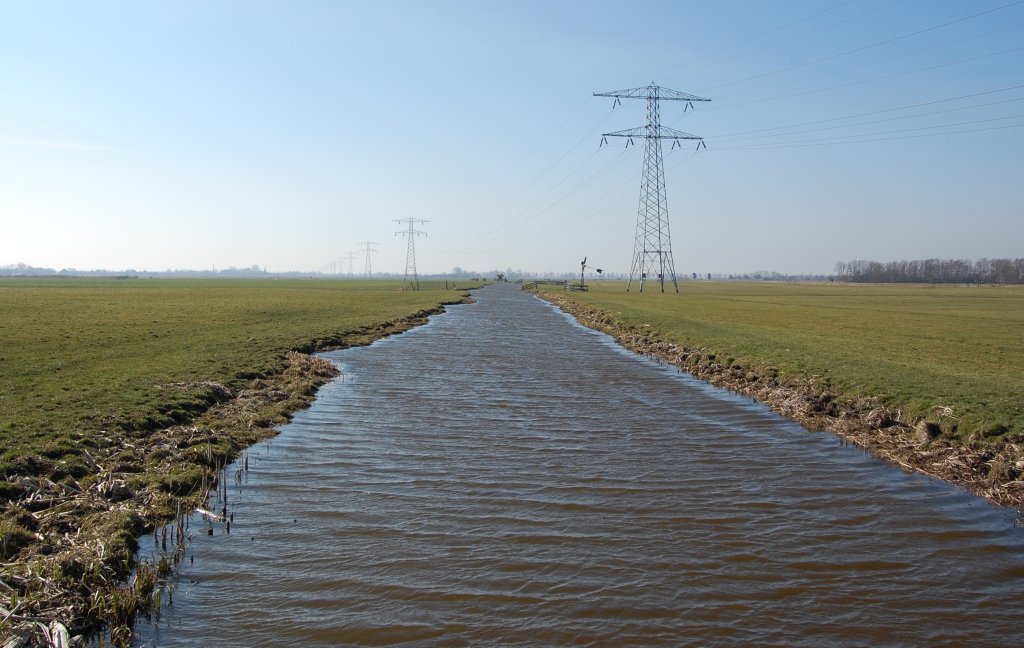
Land subsidence is man-made. Large parts of North Holland, including West Friesland, consist of wet peat soil. In order to farm on it, people dug ditches. This lowered the groundwater level, but the top of the peat came into contact with oxygen and died off a centimeter each year. As a result, the land slowly but surely sank back into the water. For the farmer there was nothing else to do but to lower the groundwater level again. This created a vicious circle.
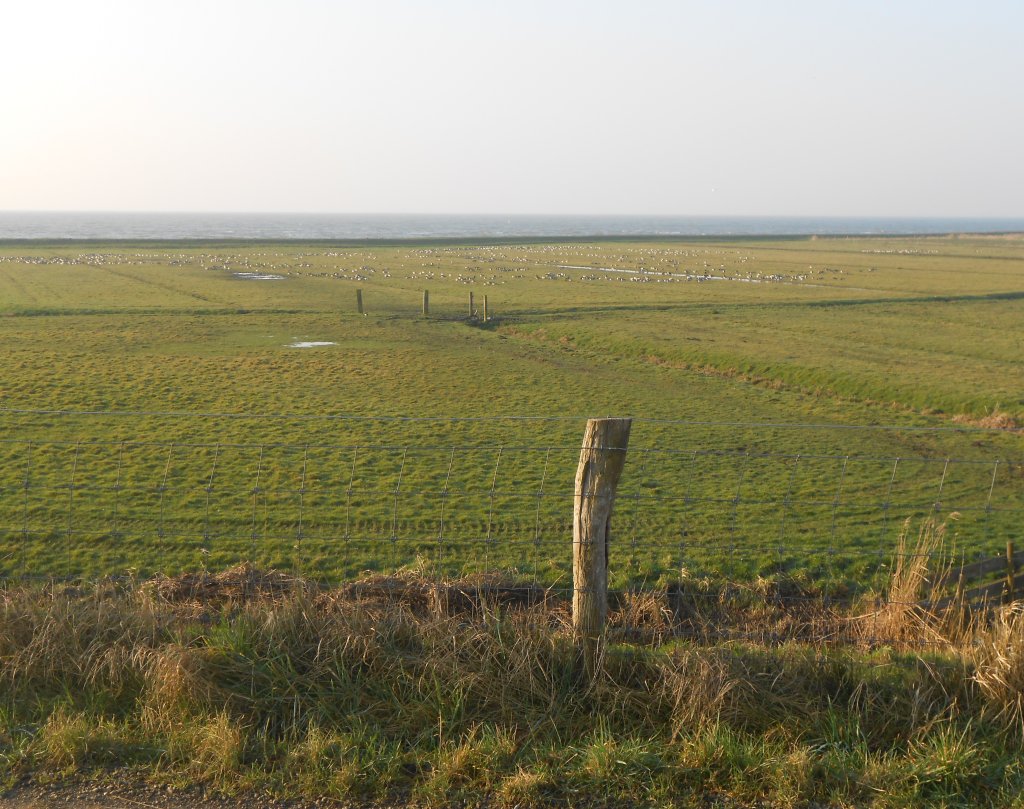
Near Schellinkhout there is still a nice strip of foreland. However, it is nothing compared to what was once there. Around 1500, this foreland was so extensive that people even lived there.
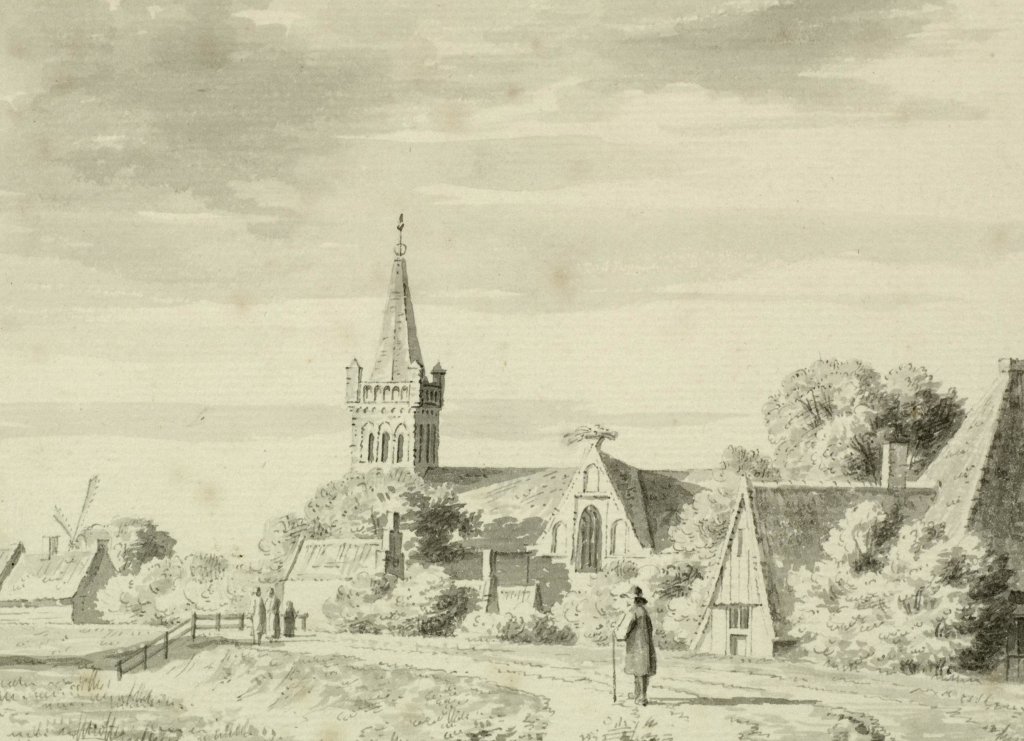
The great advantage of foreland was that the dike did not have to be as high. This saved the farmers considerable work. They were responsible for the state of the dike until 1500-1600. The more land one had, the larger the piece was that one had to maintain. This drawing shows the village of Schellinkhout. In the foreground we see the foreland and the Zuiderdijk. This was much lower than today.

The Zuiderdijk is no longer by the sea. With the Afsluitdijk (photo), completed in 1932, the Zuiderzee was split into the Wadden Sea and the IJsselmeer. It was a historic moment in the battle against water. From now on, the Afsluitdijk kept the sea out and the IJsselmeer became a freshwater basin with a manageable level. Since 1976 we speak of the IJsselmeer and the Markermeer. They are separated by the Houtribdijk, the dam cum highway between Enkhuizen and Lelystad. The Zuiderdijk lies on the Markermeer.
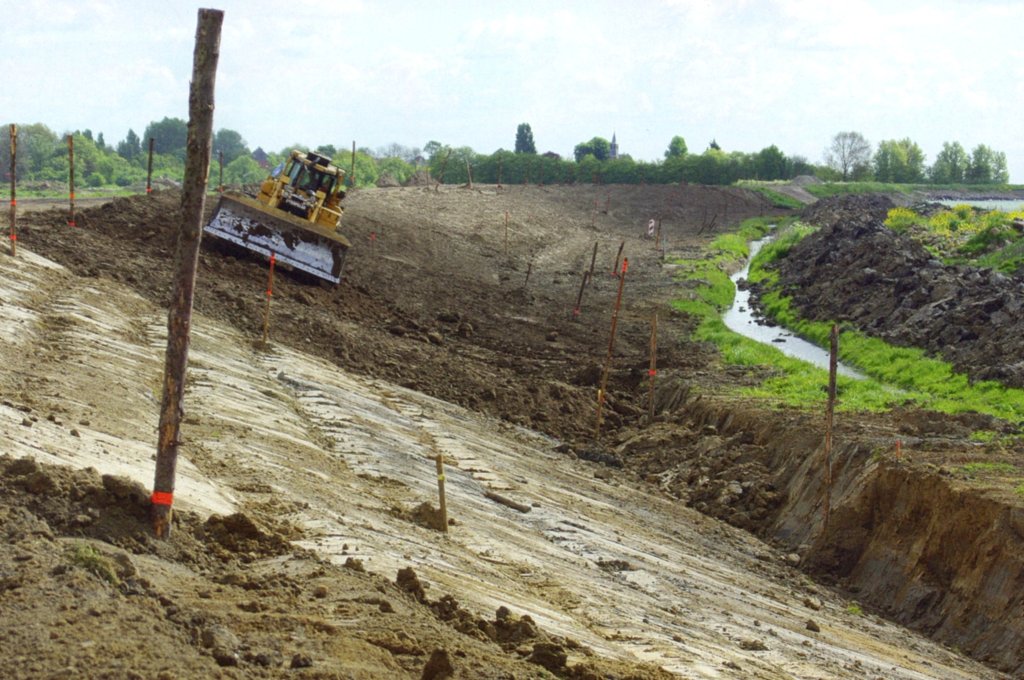
In the years 2000-2001, the strength of the Zuiderdijk was tested. The question was how the dike would hold up during prolonged, extreme high water in the Markermeer. Large sections turned out not to be high or strong enough. In the period 2007-2013, the high water board carried out large-scale reinforcements.
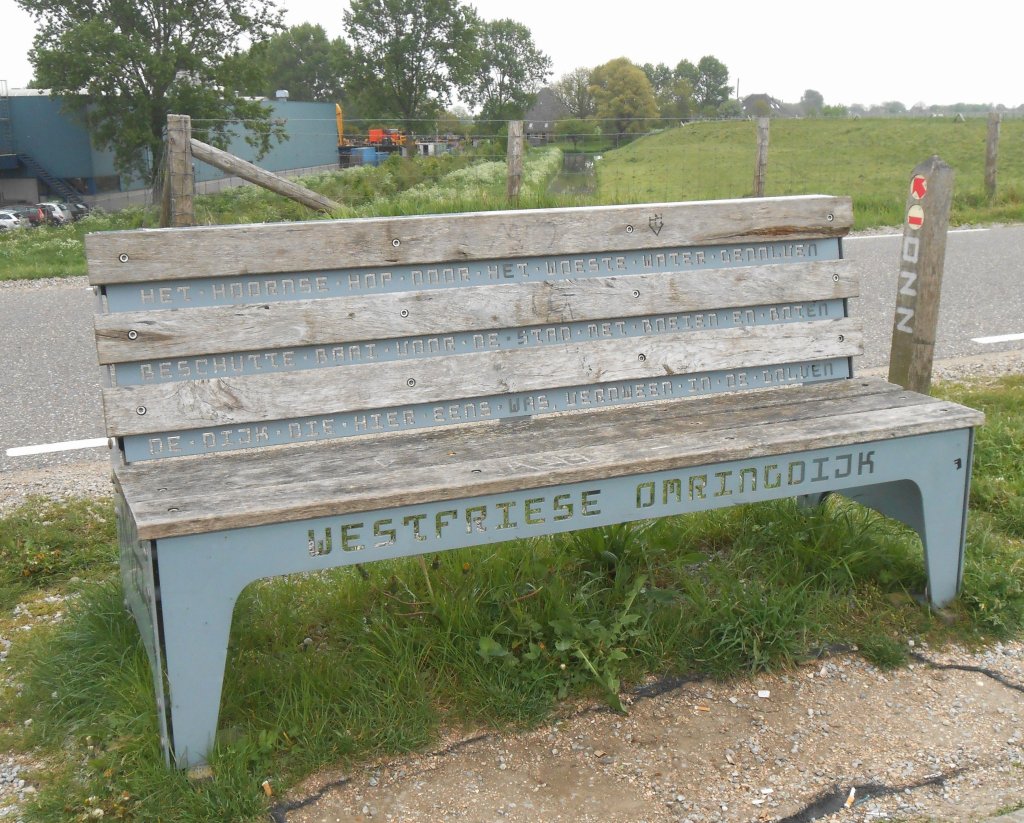
On the Zuiderdijk stands a number of Westfriese-Omringdijk benches, created by artist René Knip. Each bench has a unique text.